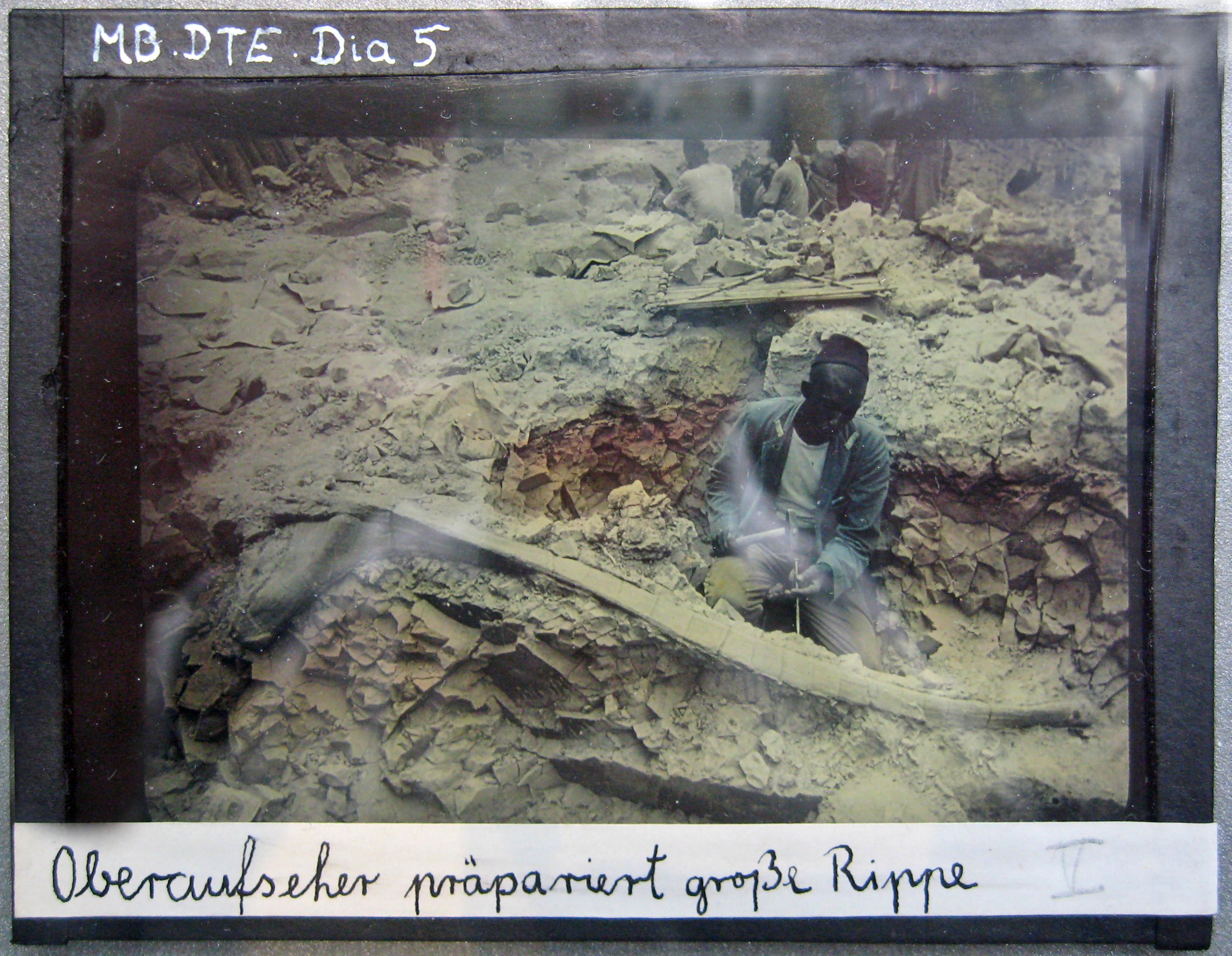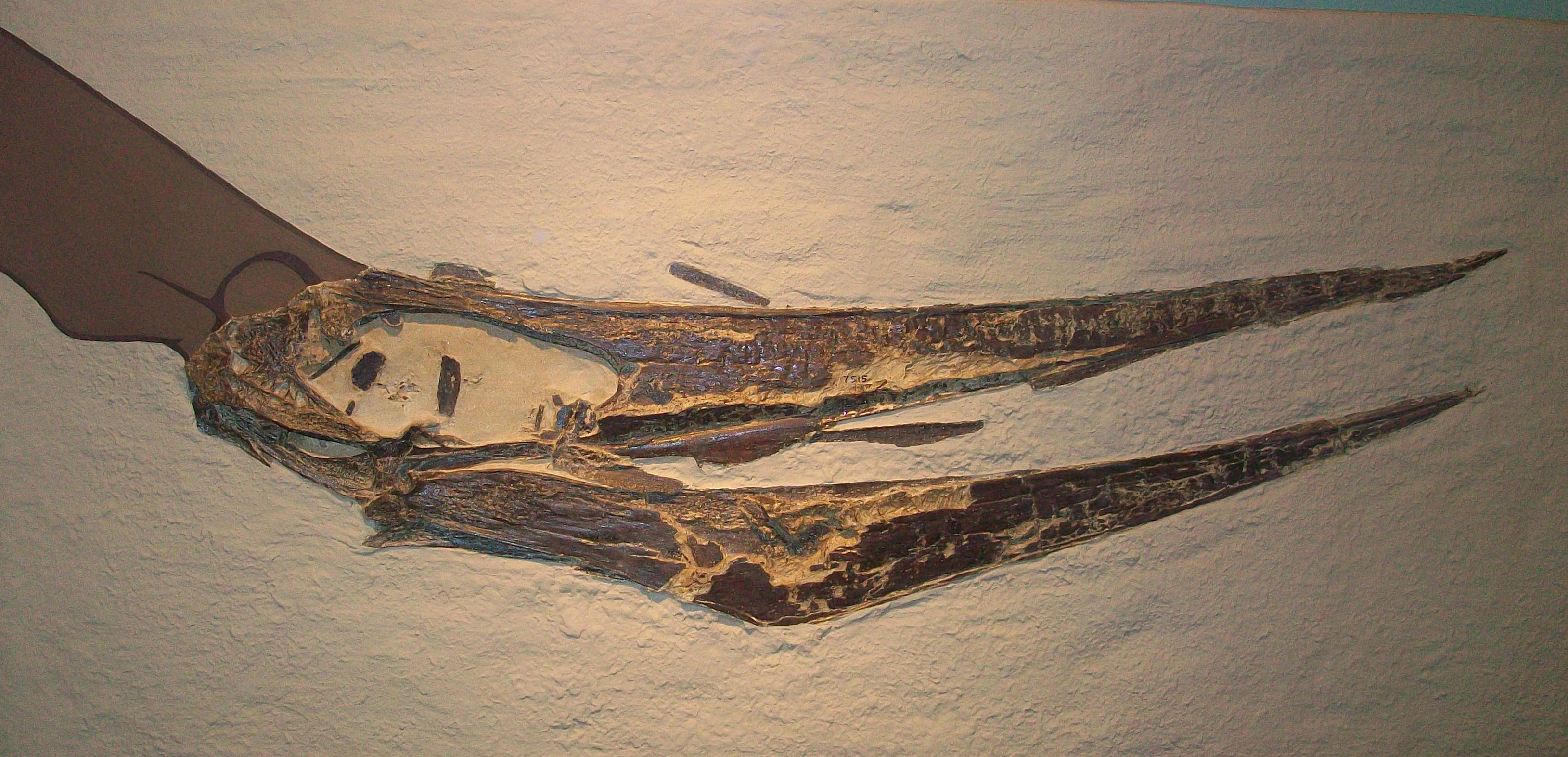|
Lost Worlds, Vanished Lives
''Lost Worlds, Vanished Lives'' is a 1989 four-part BBC documentary series concerning the discovery of fossils. It is written and presented by David Attenborough, produced by Mike Salisbury, and was originally broadcast in April 1989. It was made in between the second and third instalments of Attenborough's "Life" series: ''The Living Planet'' and ''The Trials of Life'', respectively. The study of rocks and their ancient secrets was something of a boyhood passion for David Attenborough. In these programmes, his enthusiasm for the subject is undiminished. With the help of expert palaeontologists, fossil hunters and (for the time) modern animation techniques, Attenborough attempts to show how life evolved in Earth's distant past. To do so, he travels the globe to visit the world's most famous fossil sites. Release 2 Entertain published the series on DVD (catalog number BBCDVD1466) on 27 September 2004. List of episodes External links''Lost Worlds Vanished Lives''at the Briti ... [...More Info...] [...Related Items...] OR: [Wikipedia] [Google] [Baidu] |
2 Entertain
2 Entertain (stylized as 2 , entertain) is a British video and music publisher founded in September 2004 by the merger of BBC Video and Video Collection International in 2004. Under CEO Richard Green, the company operated as a joint venture between BBC Worldwide and the Woolworths Group until BBC bought out Woolworths' share following the latter's administration in 2008. History BBC Video BBC Video was established in 1980 as a division of BBC Enterprises (later BBC Worldwide) with John Ross Barnard at the head, just as home video systems were starting to gain ground. At launch, the BBC had no agreement with British talent unions such as Equity or the Musician's Union (MU), so BBC Video was limited in the television programming it could release. Initially, video cassette and laser-disc releases were either programmes with no Equity or MU involvement, such as natural history and other documentaries, or material licensed from third parties, including feature films such as '' H ... [...More Info...] [...Related Items...] OR: [Wikipedia] [Google] [Baidu] |
Pterodactyl
Pterosaurs (; from Greek ''pteron'' and ''sauros'', meaning "wing lizard") is an extinct clade of flying reptiles in the order, Pterosauria. They existed during most of the Mesozoic: from the Late Triassic to the end of the Cretaceous (228 to 66 million years ago). Pterosaurs are the earliest vertebrates known to have evolved powered flight. Their wings were formed by a membrane of skin, muscle, and other tissues stretching from the ankles to a dramatically lengthened fourth finger. There were two major types of pterosaurs. Basal pterosaurs (also called 'non-pterodactyloid pterosaurs' or 'rhamphorhynchoids') were smaller animals with fully toothed jaws and, typically, long tails. Their wide wing membranes probably included and connected the hind legs. On the ground, they would have had an awkward sprawling posture, but the anatomy of their joints and strong claws would have made them effective climbers, and some may have even lived in trees. Basal pterosaurs were insectiv ... [...More Info...] [...Related Items...] OR: [Wikipedia] [Google] [Baidu] |
Diplodocus
''Diplodocus'' (, , or ) was a genus of diplodocid sauropod dinosaurs, whose fossils were first discovered in 1877 by S. W. Williston. The generic name, coined by Othniel Charles Marsh in 1878, is a neo-Latin term derived from Greek διπλός (''diplos'') "double" and δοκός (''dokos'') "beam", in reference to the double-beamed chevron bones located in the underside of the tail, which were then considered unique. The genus of dinosaurs lived in what is now mid-western North America, at the end of the Jurassic period. It is one of the more common dinosaur fossils found in the middle to upper Morrison Formation, between about 154 and 152 million years ago, during the late Kimmeridgian Age. The Morrison Formation records an environment and time dominated by gigantic sauropod dinosaurs, such as ''Apatosaurus'', ''Barosaurus'', ''Brachiosaurus'', ''Brontosaurus'', and '' Camarasaurus''. Its great size may have been a deterrent to the predators ''Allosaurus'' and ''Cerato ... [...More Info...] [...Related Items...] OR: [Wikipedia] [Google] [Baidu] |
Brachiosaurus
''Brachiosaurus'' () is a genus of sauropod dinosaur that lived in North America during the Late Jurassic, about 154to 150million years ago. It was first described by American paleontologist Elmer S. Riggs in 1903 from fossils found in the Colorado River valley in western Colorado, United States. Riggs named the dinosaur ''Brachiosaurus altithorax''; the generic name is Greek for "arm lizard", in reference to its proportionately long arms, and the specific name means "deep chest". ''Brachiosaurus'' is estimated to have been between 18 and 22 meters (59 and 72ft) long; body mass estimates of the subadult holotype specimen range from 28.3 to 46.9 metric tons (31.2 and 51.7 short tons). It had a disproportionately long neck, small skull, and large overall size, all of which are typical for sauropods. Atypically, ''Brachiosaurus'' had longer forelimbs than hindlimbs, which resulted in a steeply inclined trunk, and a proportionally shorter tail. ''Brachiosaurus'' is the name ... [...More Info...] [...Related Items...] OR: [Wikipedia] [Google] [Baidu] |
Giraffatitan
''Giraffatitan'' (name meaning "titanic giraffe") is a genus of sauropod dinosaur that lived during the late Jurassic Period (geology), Period (Kimmeridgian–Tithonian stages) in what is now Lindi Region, Tanzania. It was originally named as an African species of ''Brachiosaurus'' (''B. brancai''), but this has since been moved to its own genus. ''Giraffatitan'' was for many decades known as the largest dinosaur but recent discoveries of several larger dinosaurs prove otherwise; giant titanosaurians appear to have surpassed ''Giraffatitan'' in terms of sheer mass. Also, the sauropod dinosaur ''Sauroposeidon'' is estimated to be taller and possibly heavier than ''Giraffatitan''. Most size estimates for ''Giraffatitan'' are based on the specimen HMN SII, a subadult individual, but there is evidence supporting that these animals could grow larger; specimen HMN XV2, represented by a fibula 13% larger than the corresponding material on HMN SII, might have attained in length and ... [...More Info...] [...Related Items...] OR: [Wikipedia] [Google] [Baidu] |
Dinosaur
Dinosaurs are a diverse group of reptiles of the clade Dinosauria. They first appeared during the Triassic period, between 243 and 233.23 million years ago (mya), although the exact origin and timing of the evolution of dinosaurs is the subject of active research. They became the dominant terrestrial vertebrates after the Triassic–Jurassic extinction event 201.3 mya; their dominance continued throughout the Jurassic and Cretaceous periods. The fossil record shows that birds are feathered dinosaurs, having evolved from earlier theropods during the Late Jurassic epoch, and are the only dinosaur lineage known to have survived the Cretaceous–Paleogene extinction event approximately 66 mya. Dinosaurs can therefore be divided into avian dinosaurs—birds—and the extinct non-avian dinosaurs, which are all dinosaurs other than birds. Dinosaurs are varied from taxonomic, morphological and ecological standpoints. Birds, at over 10,700 living species, are among ... [...More Info...] [...Related Items...] OR: [Wikipedia] [Google] [Baidu] |
Quetzalcoatlus
''Quetzalcoatlus'' is a genus of pterosaur known from the Late Cretaceous period of North America (Maastrichtian stage); its members were among the largest known flying animals of all time. ''Quetzalcoatlus'' is a member of the Azhdarchidae, a family of advanced toothless pterosaurs with unusually long, stiffened necks. Its name comes from the Aztec feathered serpent god Quetzalcoatl. The type species is ''Q. northropi'', named by Douglas Lawson in 1975; the genus also includes the smaller species ''Q. lawsoni'', which was known for many years as an unnamed species before being named by Brian Andres and Wann Langston Jr. (posthumously) in 2021. Discovery and species The first ''Quetzalcoatlus'' fossils were discovered in Texas, United States, from the Maastrichtian Javelina Formation at Big Bend National Park (dated to around 68 million years ago) in 1971 by Douglas A. Lawson, then a geology graduate student from the Jackson School of Geosciences at the University of Texas ... [...More Info...] [...Related Items...] OR: [Wikipedia] [Google] [Baidu] |
Pteranodon
''Pteranodon'' (); from Ancient Greek (''pteron'', "wing") and (''anodon'', "toothless") is a genus of pterosaur that included some of the largest known flying reptiles, with ''P. longiceps'' having a wingspan of . They lived during the late Cretaceous geological period of North America in present-day Kansas, Nebraska, Wyoming, South Dakota and Alabama. More fossil specimens of ''Pteranodon'' have been found than any other pterosaur, with about 1,200 specimens known to science, many of them well preserved with nearly complete skulls and articulated skeletons. It was an important part of the animal community in the Western Interior Seaway. ''Pteranodon'' was not a dinosaur. By definition, all dinosaurs belong to the group Dinosauria; ''Pteranodon'' belongs to the group Pterosauria. Nonetheless, ''Pteranodon'' is the most famous pterosaur, frequently featured in dinosaur media and strongly associated with dinosaurs by the general public. While not dinosaurs, pterosaurs such as ' ... [...More Info...] [...Related Items...] OR: [Wikipedia] [Google] [Baidu] |
Pterosaurs
Pterosaurs (; from Greek ''pteron'' and ''sauros'', meaning "wing lizard") is an extinct clade of flying reptiles in the order, Pterosauria. They existed during most of the Mesozoic: from the Late Triassic to the end of the Cretaceous (228 to 66 million years ago). Pterosaurs are the earliest vertebrates known to have evolved powered flight. Their wings were formed by a membrane of skin, muscle, and other tissues stretching from the ankles to a dramatically lengthened fourth finger. There were two major types of pterosaurs. Basal pterosaurs (also called 'non-pterodactyloid pterosaurs' or 'rhamphorhynchoids') were smaller animals with fully toothed jaws and, typically, long tails. Their wide wing membranes probably included and connected the hind legs. On the ground, they would have had an awkward sprawling posture, but the anatomy of their joints and strong claws would have made them effective climbers, and some may have even lived in trees. Basal pterosaurs were insectiv ... [...More Info...] [...Related Items...] OR: [Wikipedia] [Google] [Baidu] |
Trilobites
Trilobites (; meaning "three lobes") are extinct marine arthropods that form the class Trilobita. Trilobites form one of the earliest-known groups of arthropods. The first appearance of trilobites in the fossil record defines the base of the Atdabanian stage of the Early Cambrian period () and they flourished throughout the lower Paleozoic before slipping into a long decline, when, during the Devonian, all trilobite orders except the Proetida died out. The last extant trilobites finally disappeared in the mass extinction at the end of the Permian about 252 million years ago. Trilobites were among the most successful of all early animals, existing in oceans for almost 270 million years, with over 22,000 species having been described. By the time trilobites first appeared in the fossil record, they were already highly diversified and geographically dispersed. Because trilobites had wide diversity and an easily fossilized exoskeleton, they left an extensive fossil record. The stud ... [...More Info...] [...Related Items...] OR: [Wikipedia] [Google] [Baidu] |
Millipede
Millipedes are a group of arthropods that are characterised by having two pairs of jointed legs on most body segments; they are known scientifically as the class Diplopoda, the name derived from this feature. Each double-legged segment is a result of two single segments fused together. Most millipedes have very elongated cylindrical or flattened bodies with more than 20 segments, while pill millipedes are shorter and can roll into a tight ball. Although the name "millipede" derives from the Latin for "thousand feet", no species was known to have 1,000 or more until the discovery of ''Eumillipes persephone'', which can have over 1,300 legs. There are approximately 12,000 named species classified into 16 orders and around 140 families, making Diplopoda the largest class of myriapods, an arthropod group which also includes centipedes and other multi-legged creatures. Most millipedes are slow-moving detritivores, eating decaying leaves and other dead plant matter. Some eat fungi or ... [...More Info...] [...Related Items...] OR: [Wikipedia] [Google] [Baidu] |







.jpg)
